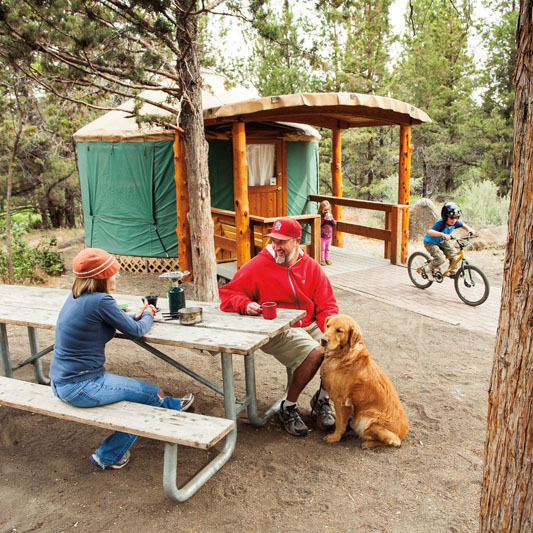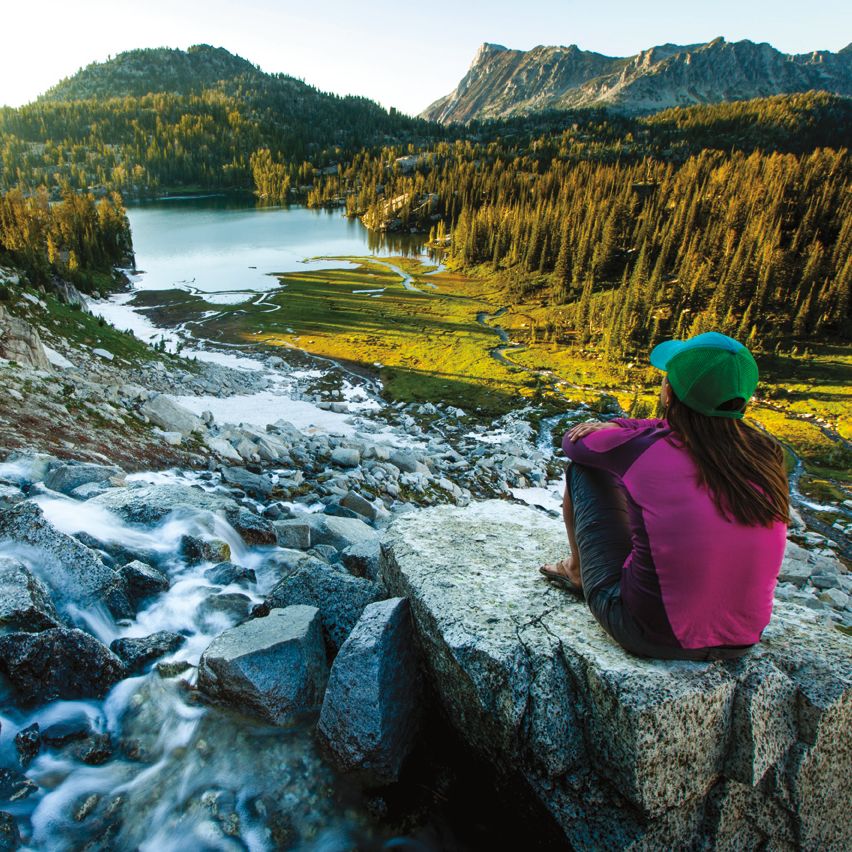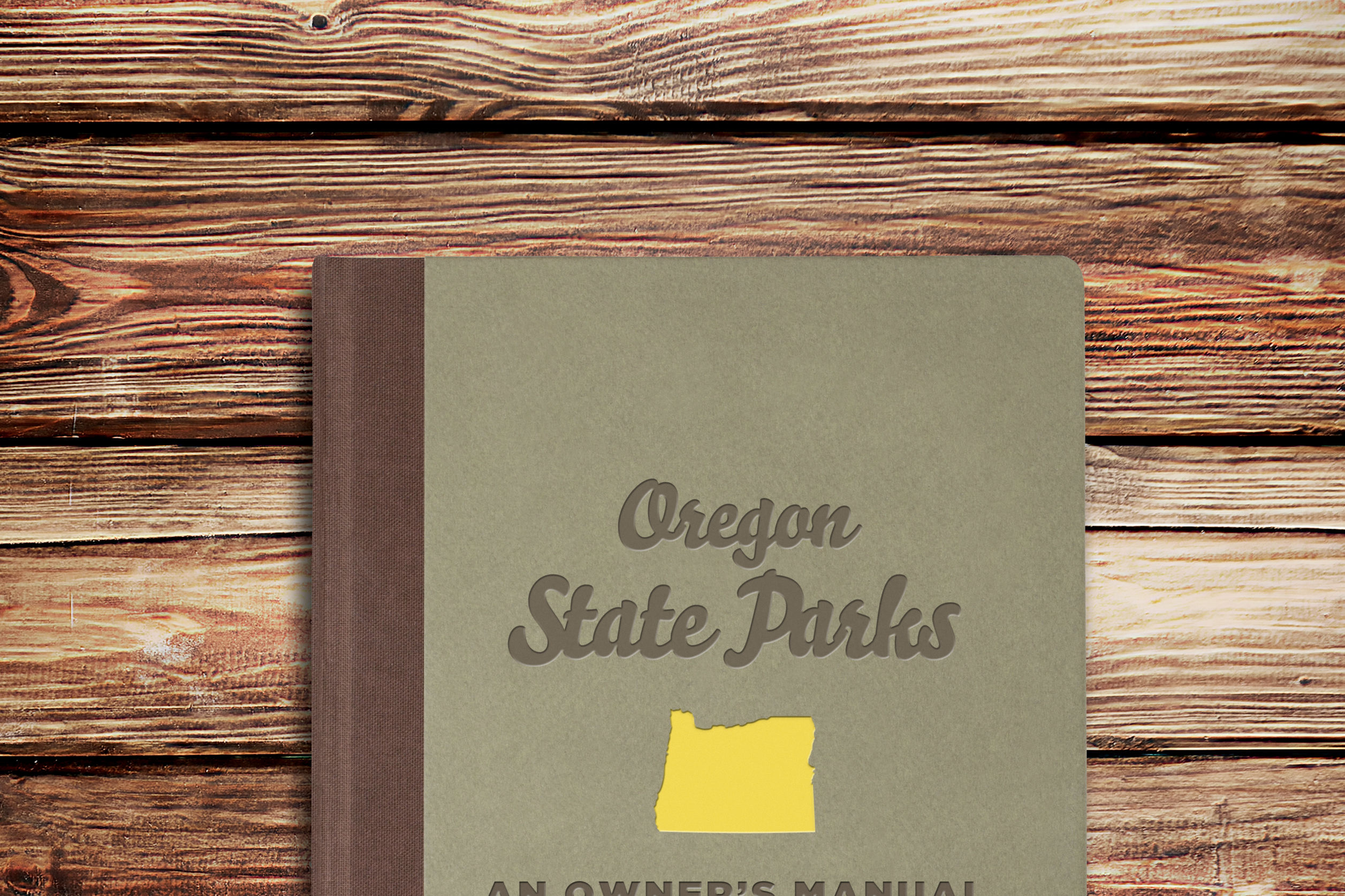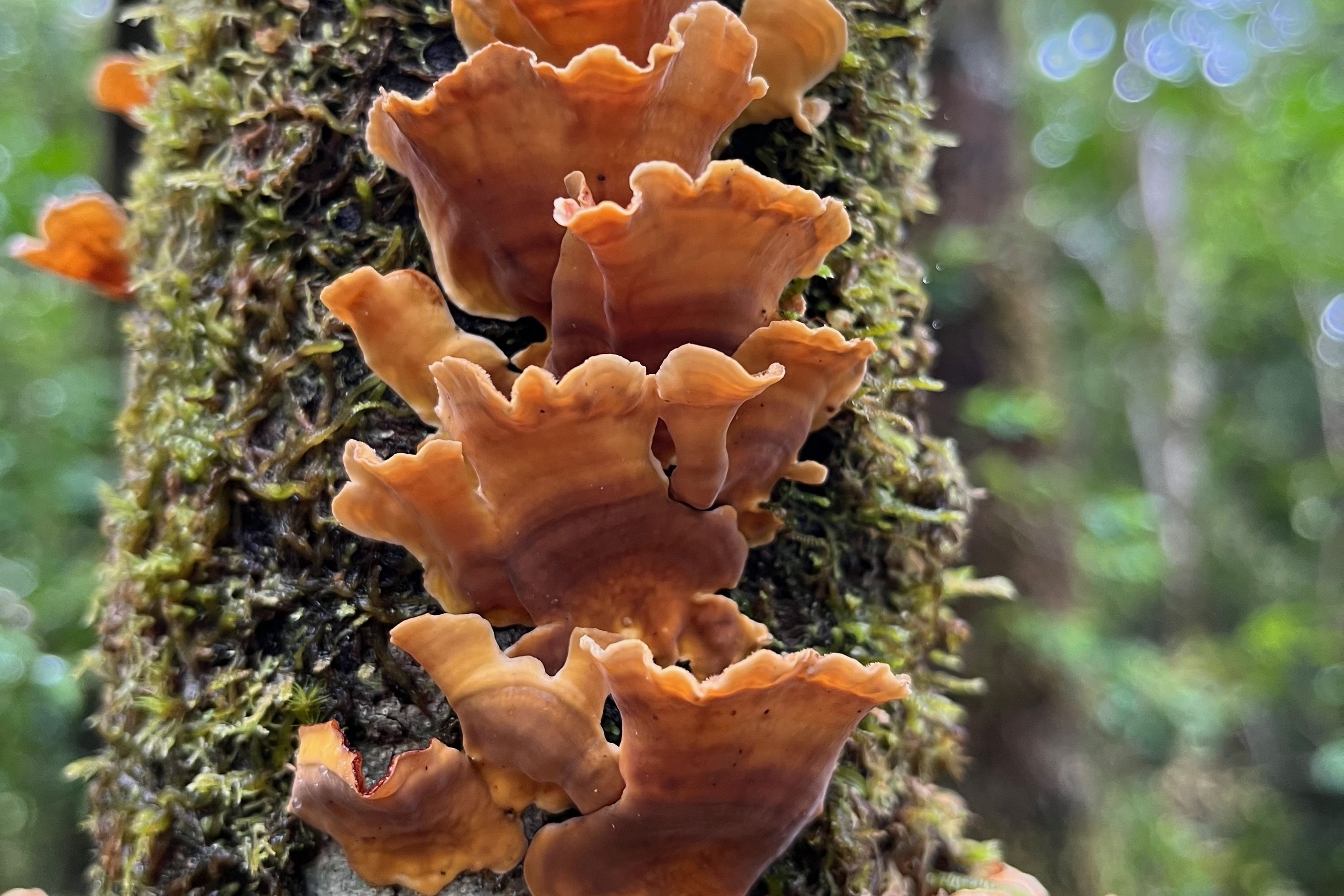The Father of Oregon's State Parks
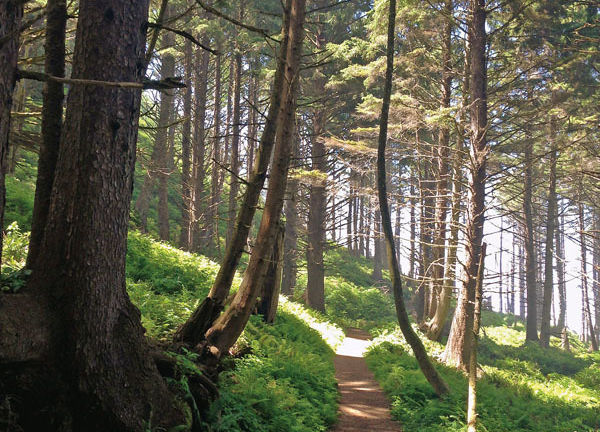
Image: Nomad
When the father of Oregon’s statewide system of parks first arrived in Morrow County on the Columbia River in 1903, he found that the “burning sands of the desert” lacked “the green coverage of the Creator’s awning.”
So Samuel Boardman, age 29, began planting it. First he tried locust seeds. After a year, none sprouted. He planted some more. Year two, trees poked through the dirt.
At a nearby school, Boardman enlisted the students to plant a nursery. Soon schools in Irrigon, Umatilla, Hermiston, Echo, Stanfield, and Boardman (his namesake) were also growing trees, planting them as gateways to their towns. After joining the state’s road maintenance division in 1919, Boardman got the OK—but no budget—from Gov. Walter Pierce to line eastern Oregon’s highways with trees. So he found a species adaptable to the tough conditions (Tree of Heaven), and himself tested 20 between Umatilla and The Dalles. Soon schoolkids were planting and offering property owners thousands of trees along the highways.
Small wonder that Gov. Isaac Lee Patterson appointed Boardman the first state parks superintendent in 1929. With an appearance likened to a “kindly polar bear in a long overcoat,” Boardman proved his talent “for wrangling valuable property from private owners by making them feel the satisfaction and warmth of dedicating it to the public”—a perfect skill for a state facing the challenges of the Great Depression and World War II. By his retirement at age 76, Boardman had grown Oregon’s state parks from 46 to 181, and the acreage from 4,070 to 66,000. We’ve added only 39,000 acres in the 63 years since.
Of the 18 camping spots we highlight in our August 2013 State Parks issue, five are in state parks Boardman created. In a colorful history published posthumously, the “rambling philosopher” detailed how each came to be. For instance, to create Saddle Mountain, a Coast Range hump of basaltic dikes he described as a “modern day breadslicer,” Boardman knitted together two parcels from private landowners and the state, plus a 400-foot right-of-way—all of it fully logged, all of it replanted under his watch. For Cape Lookout—“a vulcanized finger of Mother Earth defiantly penetrating the domain of Father Neptune”—he aggregated donations and purchases from the federal government, private landowners, and a Minnesota foundation. Ecola State Park—it’s “whalick proportions” making it, to Boardman, the “cornerstone of a recreational kingdom”—he shrugged off the “red-faced” temper tantrum of his own parks commissioner and negotiated for 13 years with paper giant Crown-Zellerbach.
“When Sam gets out on the trail of a park,” said state senator Merle Chessman, “he’ll get it if it takes 20 years.” Indeed, when Washington state’s governor turned down the gift of Beacon Rock on the north side of the Columbia River, Boardman stepped in, bought it for a dollar, and operated it as an Oregon state park. (A later Washington governor took it back.)
And so, as you savor your good-even-when-warm camping cocktail or your morning coffee (French press or cowboy-style), raise a mug to the kindly, tree-planting polar bear who always looked at Oregon (and sometimes Washington) with green in his eyes.


